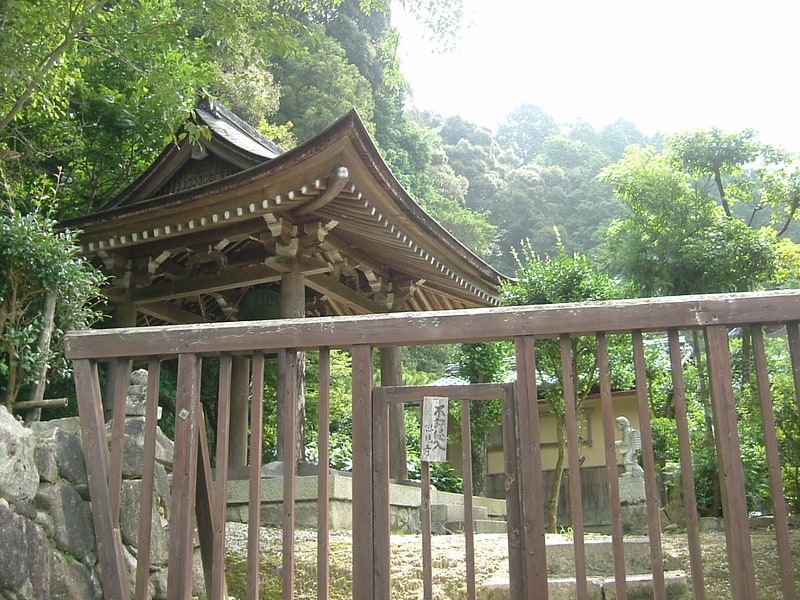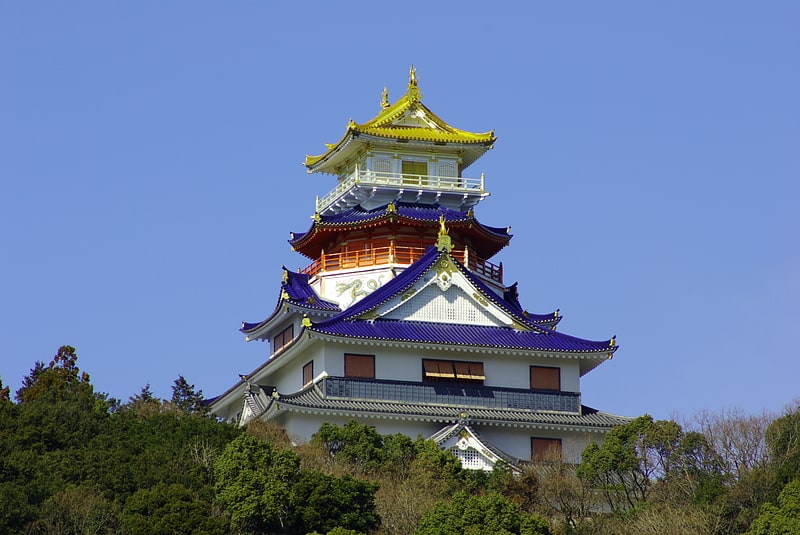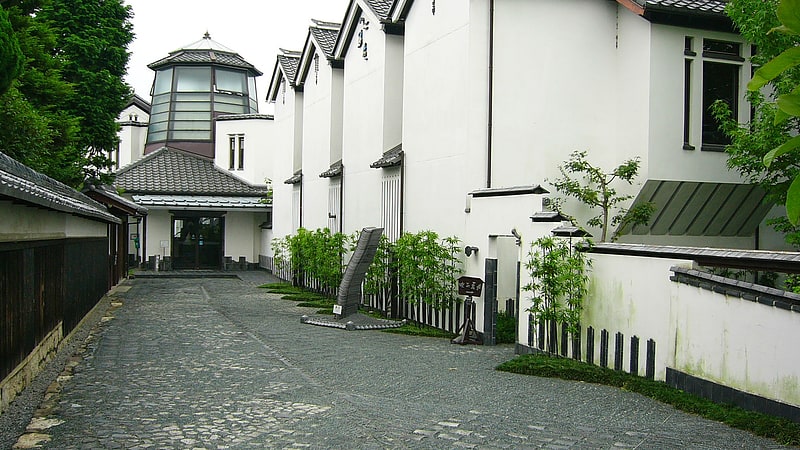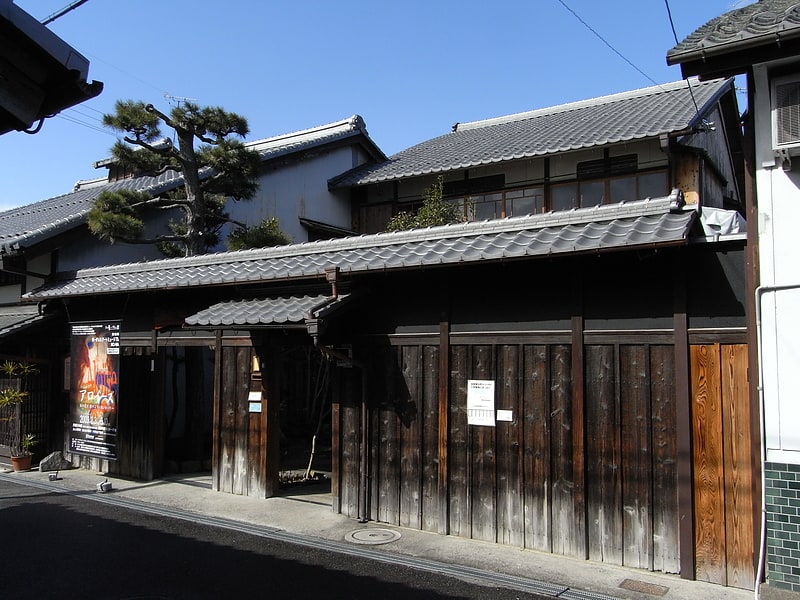Discover 4 hidden attractions, cool sights, and unusual things to do in Omihachiman (Japan). Don't miss out on these must-see attractions: Sōken-ji, Azuchi Castle, and Kawara Museum. Also, be sure to include Bodaresu atomyujiamuNO-MA in your itinerary.
Below, you can find the list of the most amazing places you should visit in Omihachiman (Shiga).
Table of Contents
Sōken-ji

Also known as: 総見寺
Temple in Omihachiman, Japan. Sōken-ji is a Buddhist temple located in the Azuchi neighborhood of the city of Ōmihachiman in Shiga Prefecture, Japan. Its mountain name is Enkei-zan. The temple belongs to the Myōshin-ji branch of the Rinzai school of Japanese Zen.[1]
Azuchi Castle

Also known as: 安土城
Ruins of a massive 16th-century castle. Azuchi Castle was one of the primary castles of Oda Nobunaga located in the Azuchi neighborhood of the city of Ōmihachiman, Shiga Prefecture. The site of the castle was designated a National Historic Site in 1926, with the designation upgraded to that of a Special National Historic Site in 1952. The castle is located within the grounds of the Biwako Quasi-National Park.
Azuchi Castle was built from 1576 to 1579 on Mount Azuchi on the eastern shore of Lake Biwa in Ōmi Province. Nobunaga intentionally built Azuchi Castle close enough to Kyoto that he could watch over and guard the approaches to the capital, but outside Kyoto so his fortress would be immune to the fires and conflicts that occasionally consumed the city. Azuchi Castle's location was also strategically advantageous in managing the communications and transportation routes between Nobunaga's greatest foes – the Uesugi to the north, the Takeda in the east, and the Mōri to the west. Azuchi Castle was demolished in 1582 by Akechi Mitsuhide after his assassination of Nobunaga in the Honno-ji Incident.
The Azuchi-Momoyama period of Japanese history partially takes its name from Azuchi Castle.[2]
Kawara Museum

Museum in Omihachiman, Japan. The Kawara Museum is a museum in Ōmihachiman, Shiga, Japan, devoted to Japanese-style roof tiles.[3]
Address: 738-2 Tagacho, 523-0821 Omihachiman
Bodaresu atomyujiamuNO-MA

The Borderless Art Museum NO-MA is an art museum located in Omihachiman, Shiga Prefecture. It is the first and one of the few facilities in Japan dedicated to exhibiting works of art by people with disabilities, which are part of the Art Brut movement. The museum was established in 2004 as the Borderless Art Gallery NO-MA by the Shiga Prefectural Social Welfare Foundation with a grant from the Nippon Foundation.
Located in Nagahara-cho, Yawata District, in the center of Omi Hachiman City, which is also known as an Important Preservation District for Groups of Traditional Buildings, the former Noma Residence, a townhouse built in the early Showa period, has been converted into an exhibition facility and used as an alternative space. The "Noma" house is where the name "NO-MA" came from. The art director is Yoshiko Hata, a picture book artist who is also deeply involved in Art Brut, and is exploring projects that are not limited to art for the handicapped, which is the meaning of the word "borderless. Since 1995, before the establishment of the museum, it has also been engaged in discovering new Art Brut artists, documenting and publicizing their work.